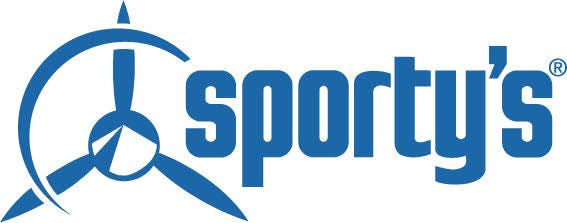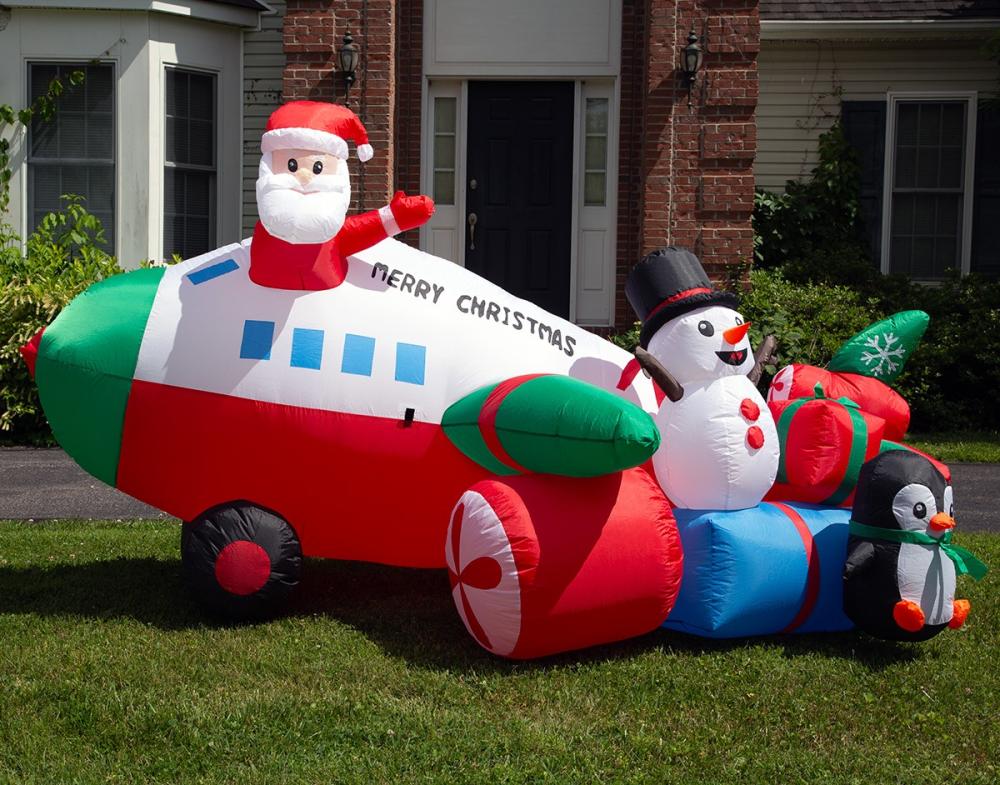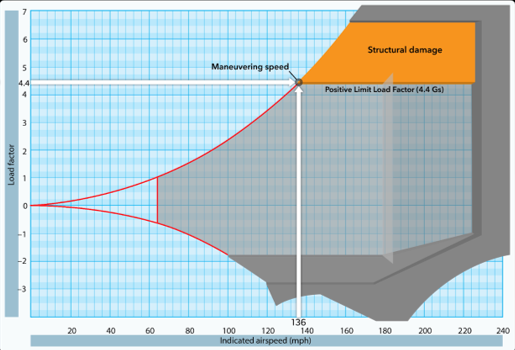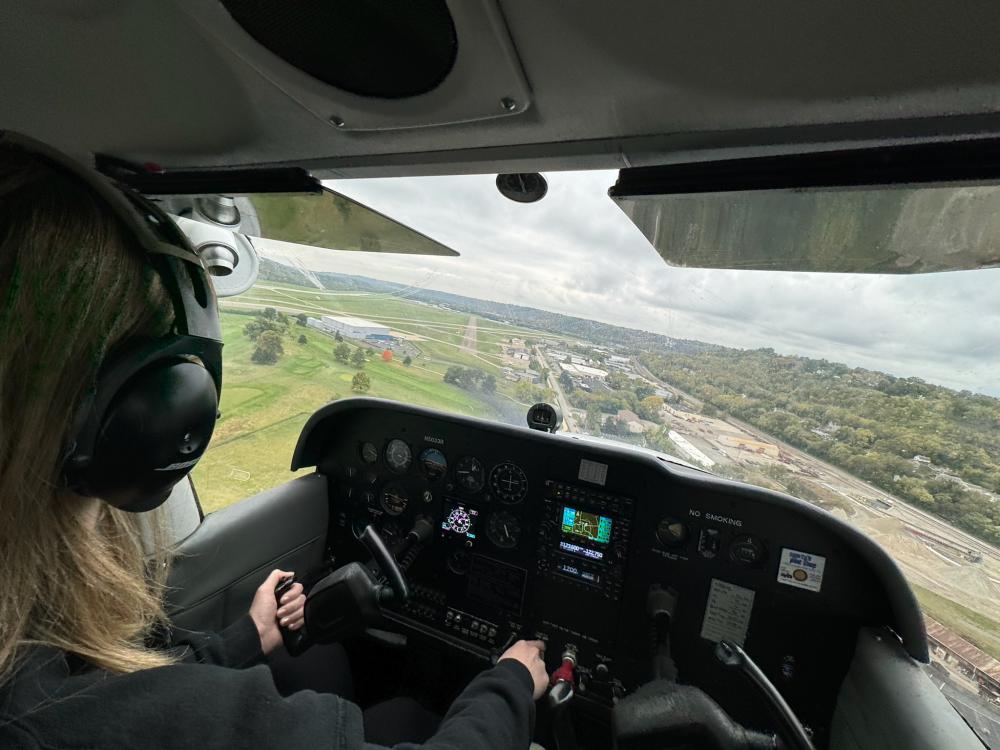 A constant-speed propeller is a controllable-pitch propeller whose pitch is automatically varied in flight to maintain a constant speed (RPM) despite varying air loads. Engine RPM is controlled and changed by changing the pitch, or the blade angle, taken by the propeller. This is regulated by the propeller governor which changes the pitch to maintain the RPM that you have selected.
A constant-speed propeller is a controllable-pitch propeller whose pitch is automatically varied in flight to maintain a constant speed (RPM) despite varying air loads. Engine RPM is controlled and changed by changing the pitch, or the blade angle, taken by the propeller. This is regulated by the propeller governor which changes the pitch to maintain the RPM that you have selected.
A constant-speed propeller is more efficient than a fixed-pitch propeller because it allows selection of the most efficient RPM for the given conditions. An aircraft with a constant-speed propeller has two controls: the throttle and the propeller control. The throttle controls power output indicated by a manifold pressure gauge, and the propeller control regulates engine RPM as indicated on the tachometer. Once a specific RPM is selected, a governor automatically adjusts the propeller blade angle as necessary to maintain the selected RPM.
The propeller’s constant-speed range, defined by the high and low pitch stops, is the range of possible blade angles for a constant-speed propeller. When the prop control is full forward, the propeller pitch, the bite it takes of the air, is low and the RPM will be high. When the prop control is full back, the pitch of the prop increases—it takes an even bigger bite out of the air—and the RPM will be lower.


When both manifold pressure and RPM need to be changed, to avoid engine overstress, adjustments should be made in a particular order:
• When power settings are being decreased, reduce manifold pressure before reducing RPM.
• When power settings are being increased, reverse the order—increase RPM first, then manifold pressure.






